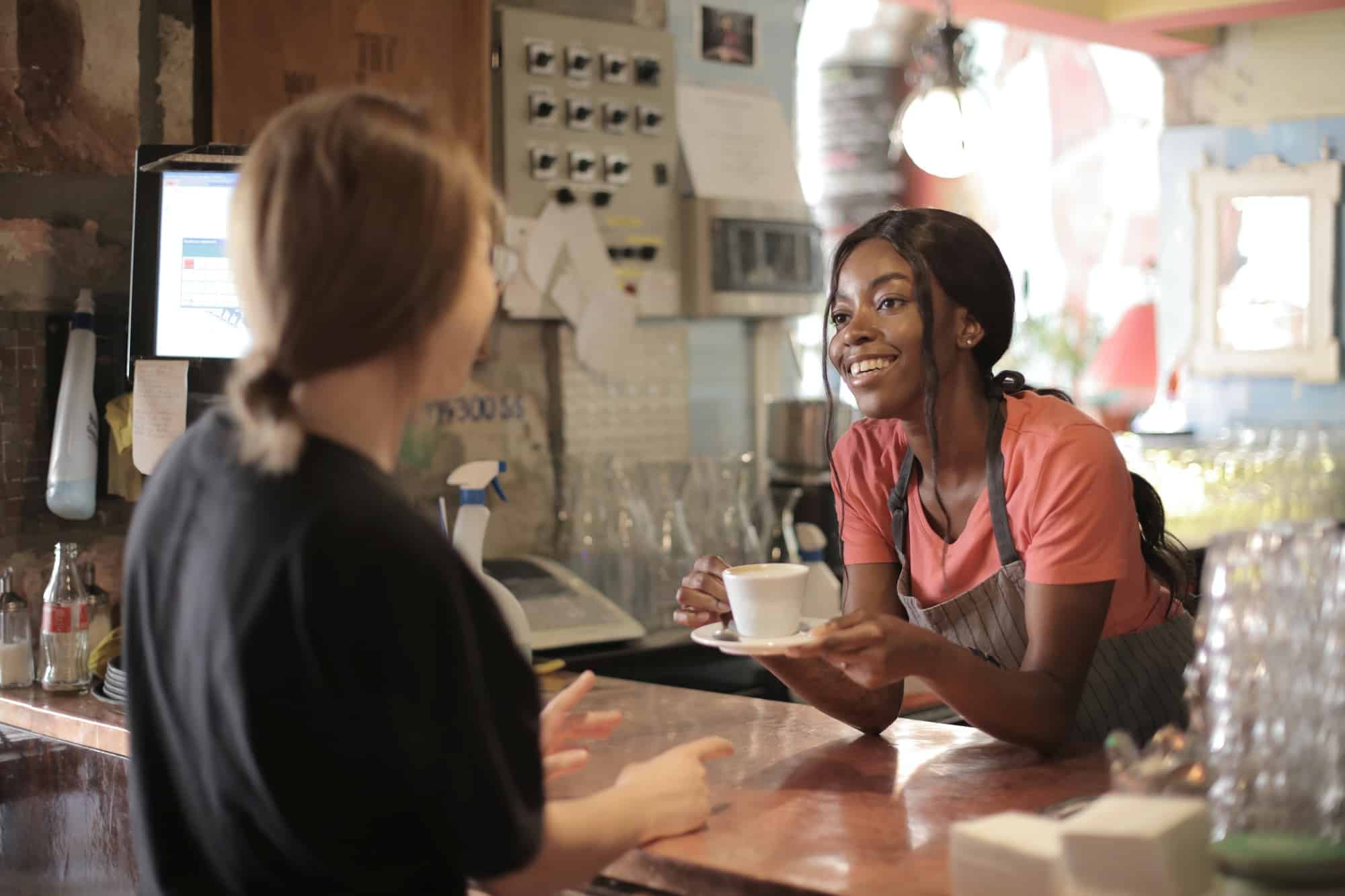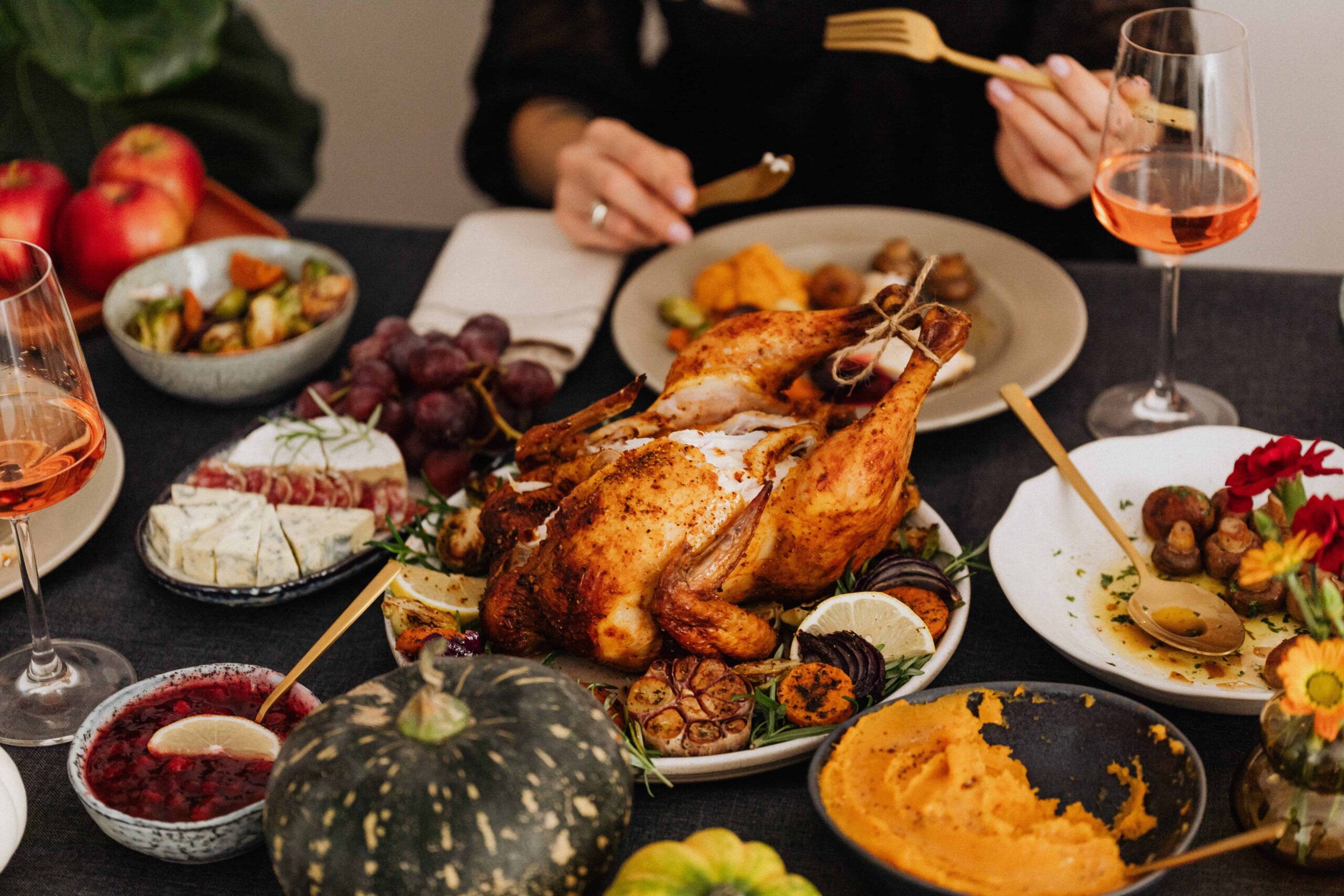Society broke down into two basic categories: celebrities / world leaders and… everyone else. But as the creepy wild-haired wizard known as Andy Warhol once prophesized, “In the future everyone will be famous for 15 minutes.”
Enter Instagram. Nowadays, it seems like anyone with a pretty face, washboard abs or a nice booty (either from winning the genetic lotto or living inside of a gym) has doors opened wherever they go. They are showered with more compliments, schwag, and attention than could squeeze into the Grand Canyon. Well, at least that’s the perception. In reality, a lot of people in this world are still just talentless attention addicts, no matter how photogenic they may be. So for this blog, we’re going to examine what separates the Good, the Bad, and the Gorgeous when it comes to Influencers.
First, let’s break down just how much money some brands are willing to spend – per month! – on Influencer sponsorships:
Those numbers are no joke. To be clear, like there are many good Uber drivers, cops, and politicians, there are plenty of good social media Influencers. But this blog isn’t about them. This is about the ones who suck. Why do they suck? Because not only is their concept of entitlement so distorted that they have lost touch with reality, but they don’t even generate any results for brands in the first place. Like any other vocation, among the hard-working and ethical people on Instagram there are also greedy hustlers and freeloaders who tarnish the overall endeavor of “influencing.”
Influencer marketing is often considered to be a female-dominated space, especially on Instagram. In fact, a Klear study found that a whopping 83.9% of Instagram posts using the hashtag #ad were created by women. However, there are plenty of male influencers who are dominating the space as well, including photography, fashion, humor, adventure and food. And while these accounts may look like people are getting lavish rewards for effortlessly living their wildest dreams, it’s actually a lot harder than it looks – no matter their gender.
Case in point: recent articles in the New York Times and The Atlantic cite examples in which supposed Influencers are trying to use their content as cash to barter for food, lodging and other luxury accommodations as they travel the world. We’re not talking about the Kardashians here, but people who, in some cases, have fewer than a few thousand followers. While everyone has to start somewhere, the truth is there are posers in our midst trying to take advantage of this platform. In fact, some resorts have gone as far as banning so-called Influencers altogether, posting viral messages such as this one by a luxury hotel owner in Dublin:
Dear Social Influencer (I know your name but apparently it’s not important to use names),
Thank you for your email looking for free accommodation in return for exposure. It takes a lot of balls to send an email like that, if not much self-respect and dignity. If I let you stay here in return for a feature in your video, who is going to pay the staff who look after you? Who is going to pay the housekeepers who clean your room? The waiters who serve you breakfast? The receptionist who checks you in? Who is going to pay for the light and heat you use during your stay? The laundering of your bed sheets? The water rates? Maybe I should tell my staff they will be featured in your video in lieu of receiving payment for work carried out while you’re in residence?
Certainly, asking for freebies isn’t the worst crime in the world, just a bit entitled and tacky. It’s not as bad as, say, shooting someone for a domain name to help grow your online audience. In any case, the emerging Influencer economy is a tentative one at best. Some hotels and resorts are trying to standardize the increasing number of inquiries by posting Influencer applications on their sites to weed out the Real Deals from the Wannabes:
Of course, you don’t need to be a Kardashian to wield influence among audiences. The rise of Micro Influencers has seen a lot of very effective brand collaborations with more niche personalities for more focused markets. As much as people love celebrities and social superstars, consumers usually look to their peers first for what to wear and where to go. Micro Influencers are simply more relatable, which in turn makes whatever they’re doing seem all that more obtainable – and “obtainable” is just another word for “conversions.”
However, like everything else in the Influencer sphere, what qualifies someone as being a bona-fide Micro Influencer is open to debate. Some sources claim it’s anyone with more than 3,000 followers, while others believe they have to have anywhere between 10,000 – 500,000 followers to really matter.
According to Social Media Week, influencers with between 10k and 100k Instagram followers see 50% more engagement than influencers with more than 1 million followers, and they have 22.2x more conversions than the average Instagram user – the number of followers and reach is just smaller. But is it quantity or quality? In a world where fake followers can be purchased, how do we really know who has influence and who is merely faking it till they make it? Just look at some of these brands who don’t know – or don’t care – that they sit on a throne of lies!
Make no mistake, some of our favorite projects incorporated Micro Influencers and you can check them out here. In fact, Giant Propeller has proven that Micro Influencers are incredibly useful to emerging brands because – when they’re legit – they represent real customers. To ensure the authenticity of our Influencers, we always conduct an independent analysis of their followers, looking at a large sample size and analyze them by hand to determine the concentration of fake accounts. For example, if a bulk of their followers are from third world regions, they are most likely fake.
So the old adage remains true: Quality > Quantity. When people who claim to be Influencers inundate luxury resorts around the world in an effort to get a free vacation, or hit up brands for free schwag to support their lavish lifestyle, they are rightfully derided in public. Conversely, for those aspiring Influencers who actually strive to elevate their game and create fruitful collaborations with brands and businesses, more power to you. In fact, drop us a line because we’d love to work with you!
Moral of the story: it’s great to aspire to be a true Influencer in whatever market you enjoy, so long as you take it seriously and offer some tangible value in exchange for your perks. But for the rest of you out there who are cheating, time for a steaming slice of humble pie…
Remember the Cataclysmic Facebook Outage of 2019? On that day, you were no longer a model. You were just a mere attractive mortal, withdrawing from Likes and Comments like they were opioids. And that deafening sound you heard? That was the roaring chasm of the Digital Abyss… the swirling vacuum of total and perfect social obsolescence, no matter how amazing your booty looks drenched in the golden rays of an exotic sunset.


